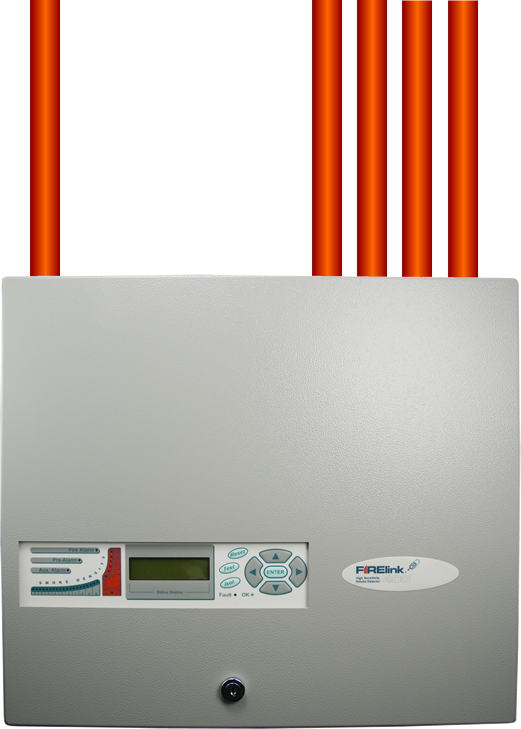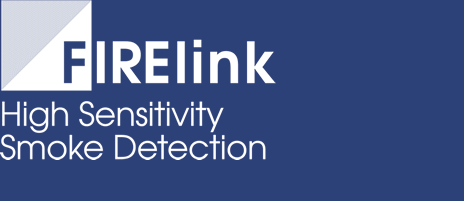It consists of four halls, three of which are used for concerts. These comprise a main concert hall seating up to 1,600 people, a rehearsal hall that can also be used for concerts seating up to 450, and a chamber music hall seating 200. With events taking place on a daily basis, protecting the public and staff is vital and the building's fire detection system plays an important role in keeping them safe.
The project's main contractor, IAV, began work in early 2008 and asked Iceland's leading fire safety specialist, ARK Security, to design, specify and commission the fire detection system. Kjartan Scheving, managing director of ARK Security, explains,
‘We have worked with IAV on many projects over the years, so when it came to implementing the life safety infrastructure at the Harpa they asked us to get involved. It was clear to me that the only way to ensure the level of reliability, quality and safety demanded was to install state-of-the-art products from Hochiki Europe.'




